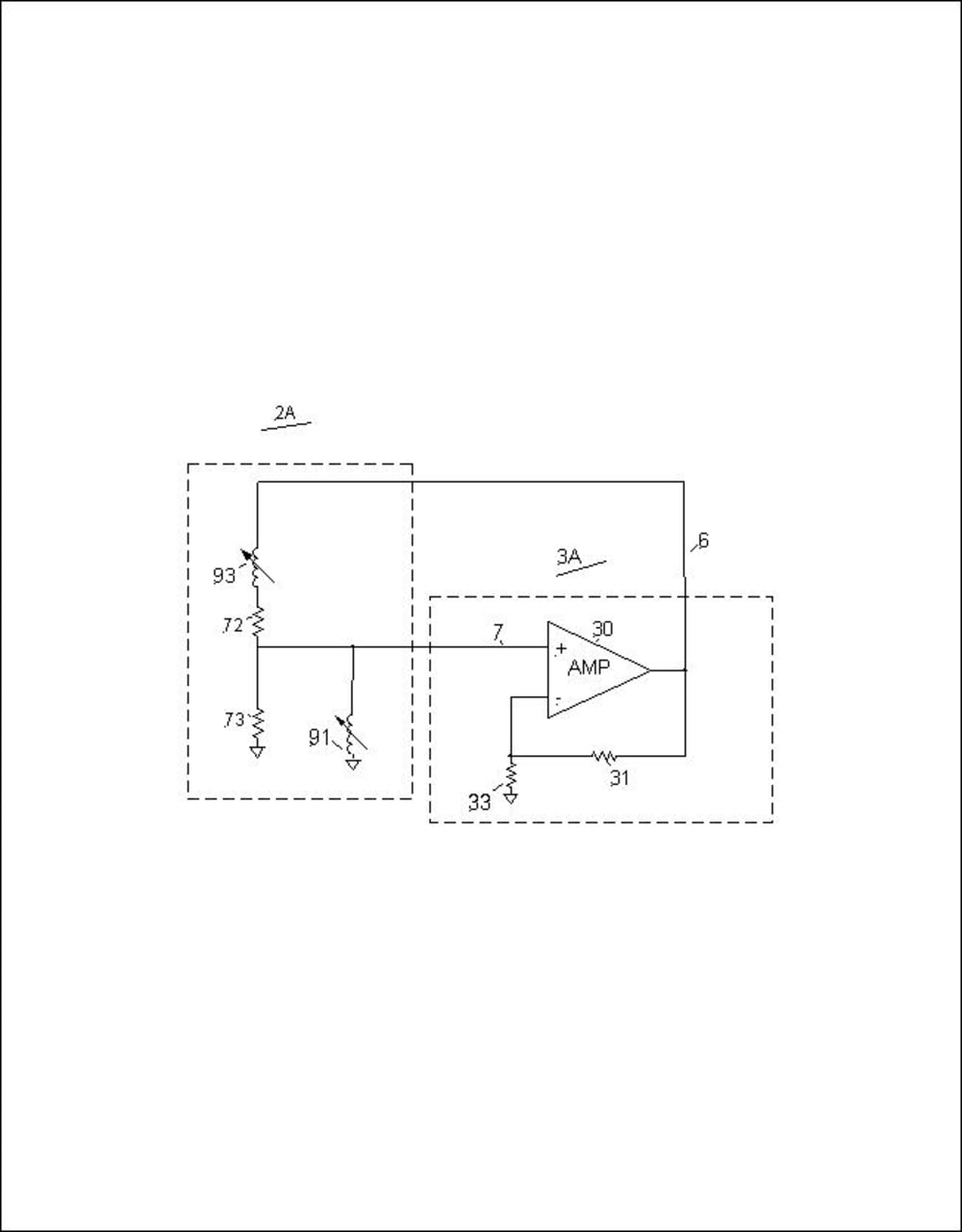This sensor differentiates between most ferrous and nonferrous metals, therefore identifying the potential for hazardous sparking tools without subjecting them to a common test - the grinding wheel. Nonferrous metals are considered "Non-sparking," “spark reduced,” "spark-resistant" or "spark-proof." Sparking tools can cause fires and explosions in environments where there is a concern about sparks igniting flammable solvents, vapors, liquids, dusts or residues. There are many standards and recommendations that have been published by OSHA (Occupational Health and Safety Administration) and NFPA (National Fire Protection Association) that advise the use of non- or low-sparking tools in hazardous environments, most commonly in tool rooms, machine shops, heat treating shops, and foundries.
The usual destructive method of testing for ferrous metals is applying an object to a grinding wheel and observing the type of spark created. Other means exist such as chemical testing which is more expensive and not always convenient in the work place environment.
A quick, easy, and inexpensive new approach uses this inductive ferrous metal sensor module. The module is a system based on an oscillator having variable loop gain. Only when the oscillator loop gain is at least the value of one does the oscillator produce an AC (alternating current) output signal. The oscillator's ability to oscillate is controlled by the ratio of two inductor impedance levels in the feedback network. The system's output signal indicates whether the oscillator is oscillating or not, or the AC signal level required to maintain oscillation.
In operation, when the inductor connected between the amplifier input/output is near a ferrous metal its impedance increases causes the oscillation to stop. This is because the inductors impedance changes the loop gain to less than one. When this inductor is near a non ferrous low resistivity metal such as copper,its impedance decreases and the oscillation continues. When the oscillation stops the detector output changes state, for example high to low or low to high. The detectors output signal therefore indicates the presence of ferrous metal.
ADVANTAGES:
Simplicity and the circuit stability is determined by the ratio of resistors and inductors. Absolute part values and transistor gain and offset are not critical. This allows lower cost matched parts in lieu of high cost tight tolerance parts to be used. By relying on passive components (R,L) instead of transistors, an extremely robust radiation resistant circuit is obtained. The transistors do not need to be matched and DC leakage currents have minimal effect. This is useful in high temperature automotive and industrial applications. In these high temperature applications, other complex integrated circuits are more expensive and unreliable.
U.S. Patent 7,456,700 “Variable loop gain oscillator system”
Like this entry?
-
About the Entrant
- Name:Fred Mirow
- Type of entry:individual
- Software used for this entry:SPICE
- Patent status:patented

